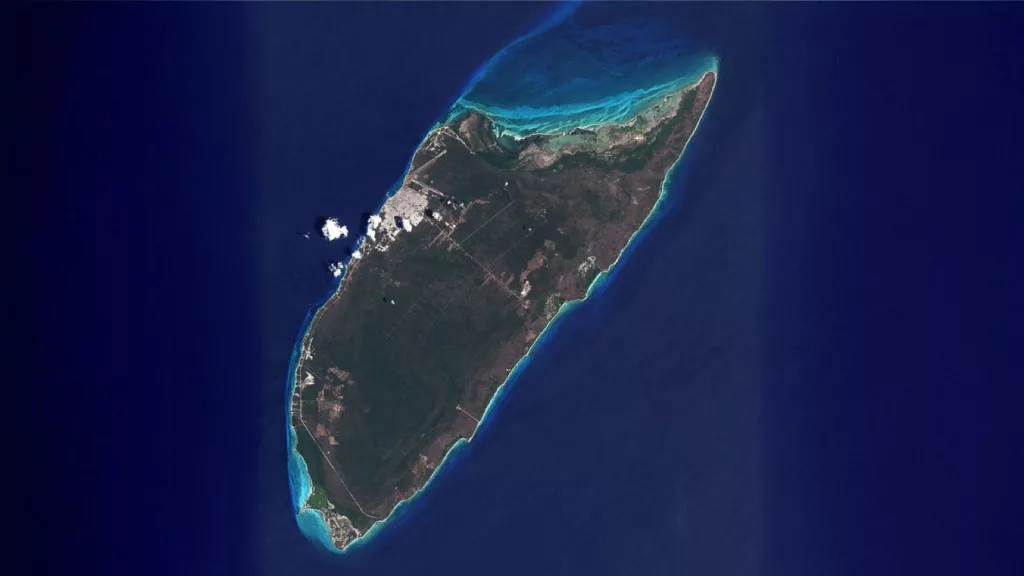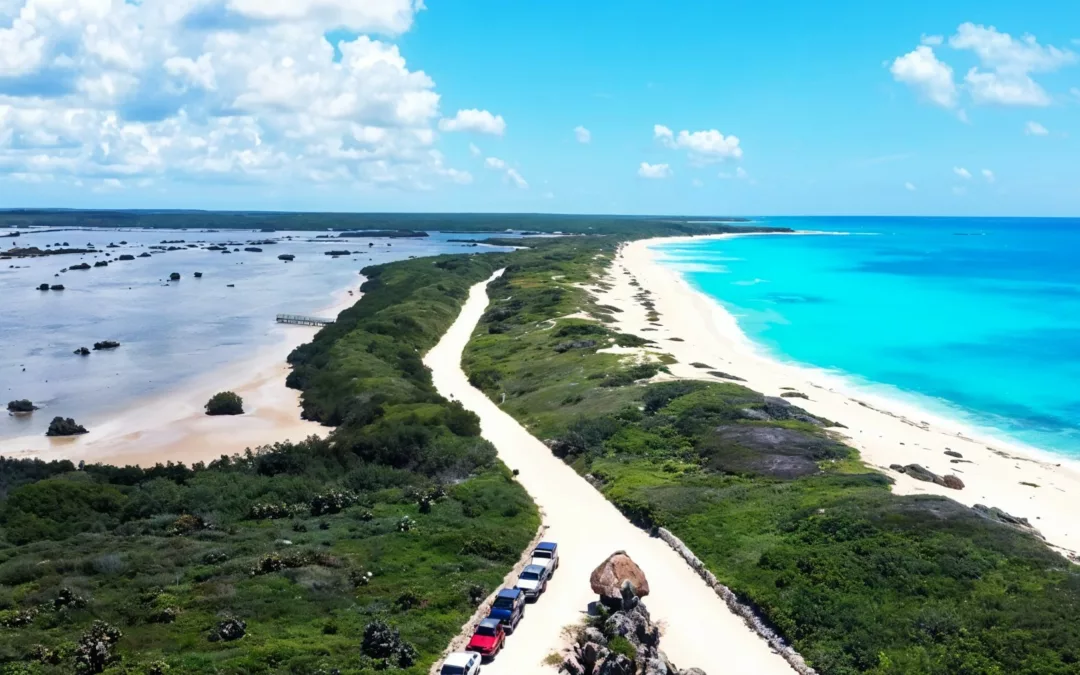Cozumel, the largest inhabited island in Mexico, is renowned for its stunning beaches, vibrant coral reefs, and rich cultural history. Spanning impressive dimensions, Cozumel’s size often raises curiosity among travelers and geography enthusiasts alike. How big is Cozumel in miles? This article delves into the island’s exact measurements, compares its size to other notable islands, and explores the geographical features that define its unique shape and scale. Whether you’re planning a visit or simply intrigued by its geography, Cozumel’s dimensions reveal much about its allure and significance in the Caribbean.
Cozumel’s Length and Width: Detailed Measurements
Cozumel stretches approximately 29 to 34 miles (46 to 55 kilometers) in length from its northernmost to southernmost points, making it one of the largest islands in the Caribbean. Its width varies between 9 and 14 miles (14 to 22 kilometers), depending on the specific area being measured. The island’s irregular shape contributes to these variations, with its widest sections located in the central part and narrowing toward the northern and southern tips.
This expansive size provides ample room for Cozumel’s diverse landscapes, which include lush tropical forests, pristine beaches, and vibrant towns like San Miguel de Cozumel, the island’s main urban center. The total land area of Cozumel is approximately 250 square miles (647 square kilometers), making it not only the largest inhabited island in Mexico but also a significant landmass in the Caribbean region.
For travelers, understanding the island’s dimensions helps when planning activities such as exploring the southern Punta Sur Eco Beach Park, snorkeling along its western coast, or traversing the less populated eastern shores. Cozumel’s size is both a defining feature and a testament to its ecological and cultural diversity.
Comparing Cozumel’s Size to Other Mexican Islands

For instance, Isla Mujeres, located near Cancun, measures only 4.3 miles (7 kilometers) in length and 0.4 miles (650 meters) in width, with a total area of about 1.1 square miles (2.8 square kilometers). Another example is Holbox, a growing tourist destination in the Yucatan Peninsula, which spans approximately 26 miles (42 kilometers) in length and averages just 0.9 miles (1.5 kilometers) in width. Even Isla Espíritu Santo, an ecological gem in the Gulf of California, covers only about 37 square miles (96 square kilometers).
This comparison highlights Cozumel’s significant size advantage, which allows it to accommodate not only vibrant urban centers, but also vast stretches of untouched nature. Its larger area also supports a more diverse range of ecosystems, from dense mangroves to expansive coral reefs, further enhancing its appeal as a destination for eco-tourism and outdoor exploration.
Cozumel’s scale not only makes it a logistical hub for travelers in the region but also sets it apart as a cultural and ecological beacon among Mexican islands. This distinction reinforces its position as a must-visit destination for those seeking a mix of natural beauty and cultural experiences.
Geographical Features Influencing Cozumel’s Dimensions
Cozumel’s dimensions are shaped by its unique geological and geographical characteristics, which contribute to its elongated and slightly irregular outline. The island is part of the Yucatan Platform, a massive limestone shelf that extends beneath much of the Caribbean Sea. This limestone foundation is responsible for the island’s flat terrain, with elevations rarely exceeding 49 feet (15 meters) above sea level.
One of the most significant geographical features influencing Cozumel’s size is its extensive coral reef system, which fringes much of its coastline. The Mesoamerican Barrier Reef, the second-largest coral reef in the world, surrounds the island on its western and southern coasts. While these reefs do not directly increase Cozumel’s landmass, they play a critical role in shaping its shoreline by providing natural protection against erosion caused by ocean currents and storms.
Cozumel’s width and length are also influenced by its coastal features. The western side of the island is characterized by calm, sandy beaches and shallow waters, where sediment deposits over time help maintain the coastline. In contrast, the eastern side faces the open Caribbean Sea, with rugged shores shaped by stronger waves and winds. These contrasting dynamics contribute to the variation in width across different points of the island.
Additionally, Cozumel’s size is sustained by the preservation of its natural habitats. Mangrove forests and wetlands, which cover large areas of the island, act as barriers against erosion while supporting biodiversity. These ecosystems not only stabilize the land but also prevent further shrinking of the island due to rising sea levels or extreme weather events.
The combination of geological stability, coral reefs, and diverse ecosystems makes Cozumel’s dimensions both resilient and uniquely suited to support its ecological richness and growing appeal as a tourist destination.
Explore every corner of Cozumel from the comfort of a private villa
Whether you’re interested in discovering the island’s Mayan history, indulging in its vibrant culinary scene, or experiencing its world-class snorkeling and diving, Cozumel’s compact geography ensures everything is just a short trip away. For an even more relaxing and immersive experience, Villas Zamna offers private accommodations that blend comfort with convenience, serving as the perfect base to explore the island.

